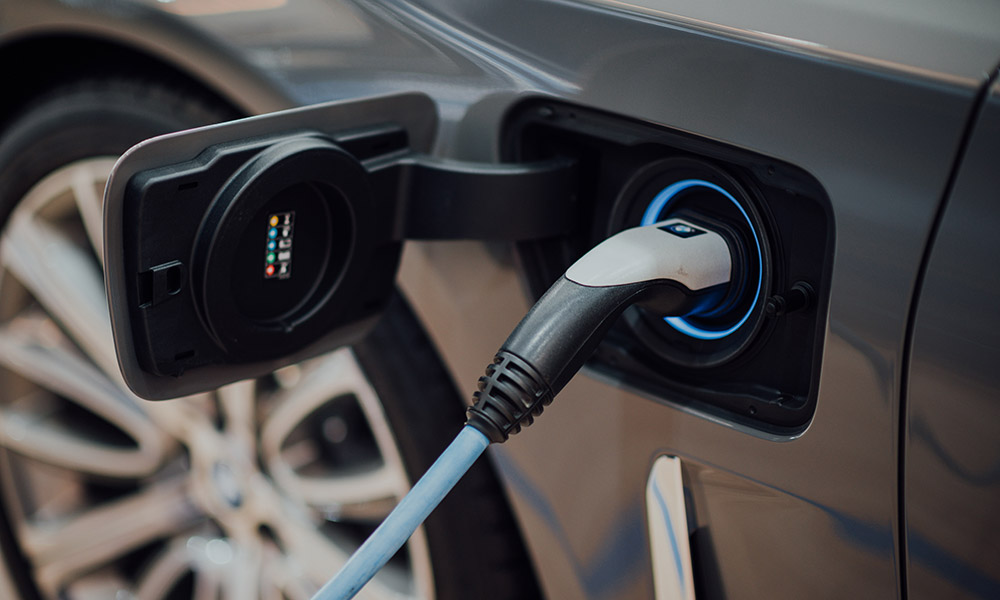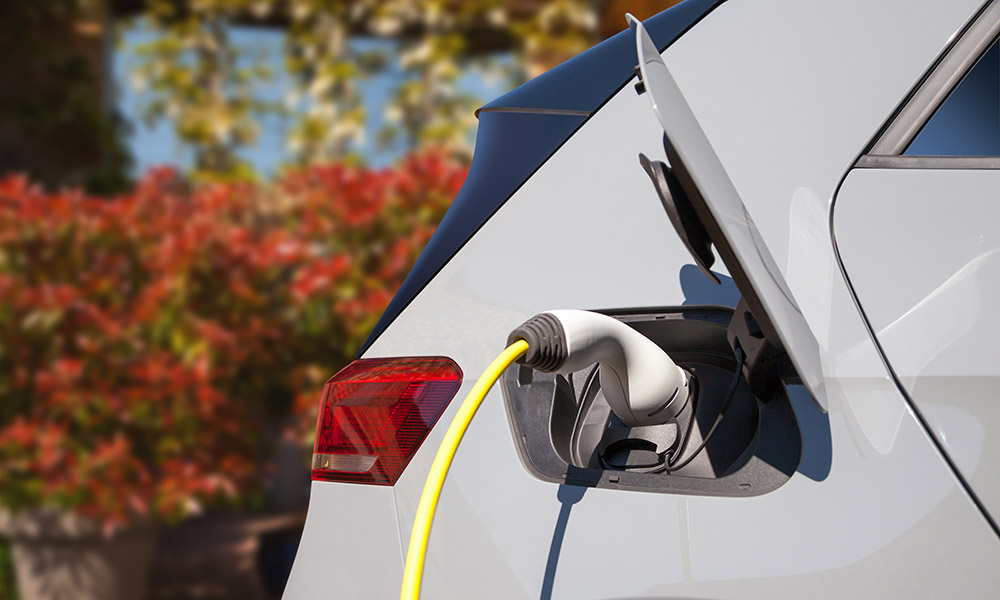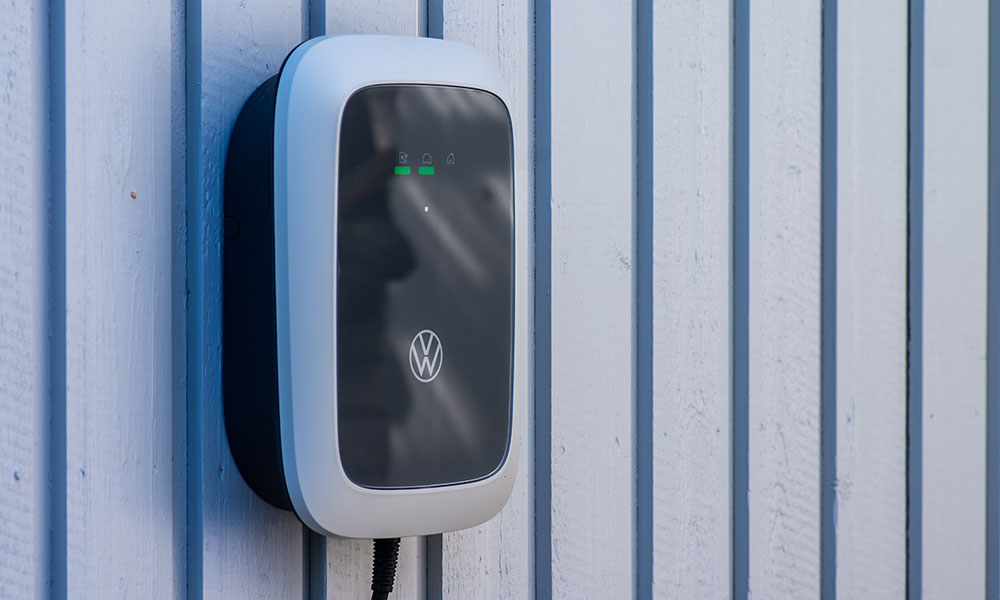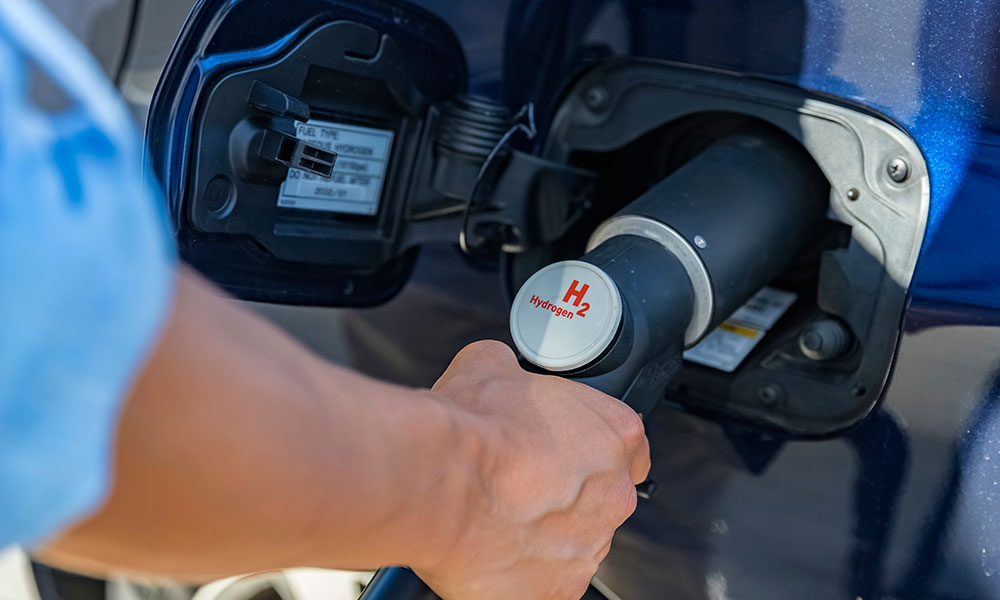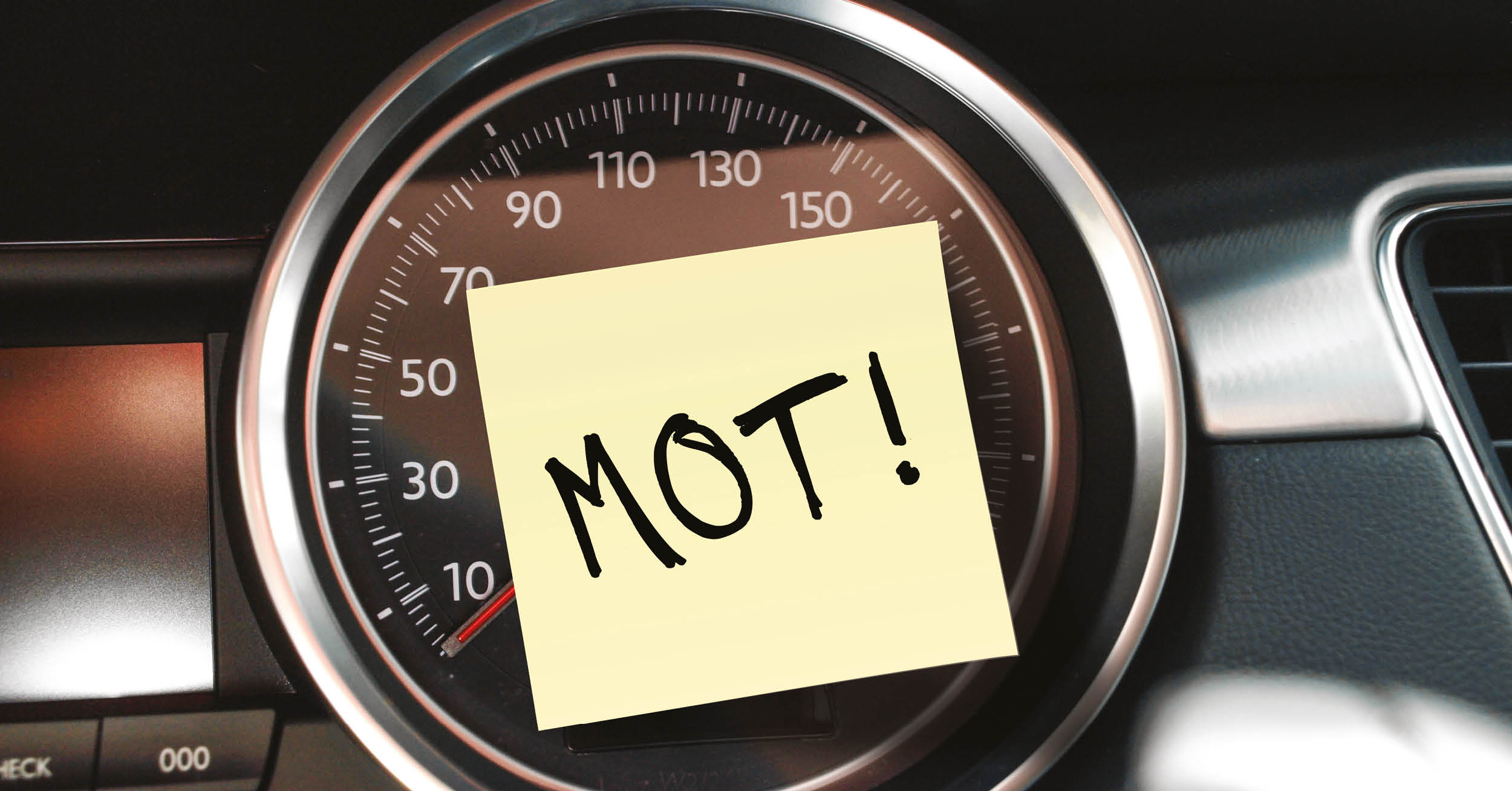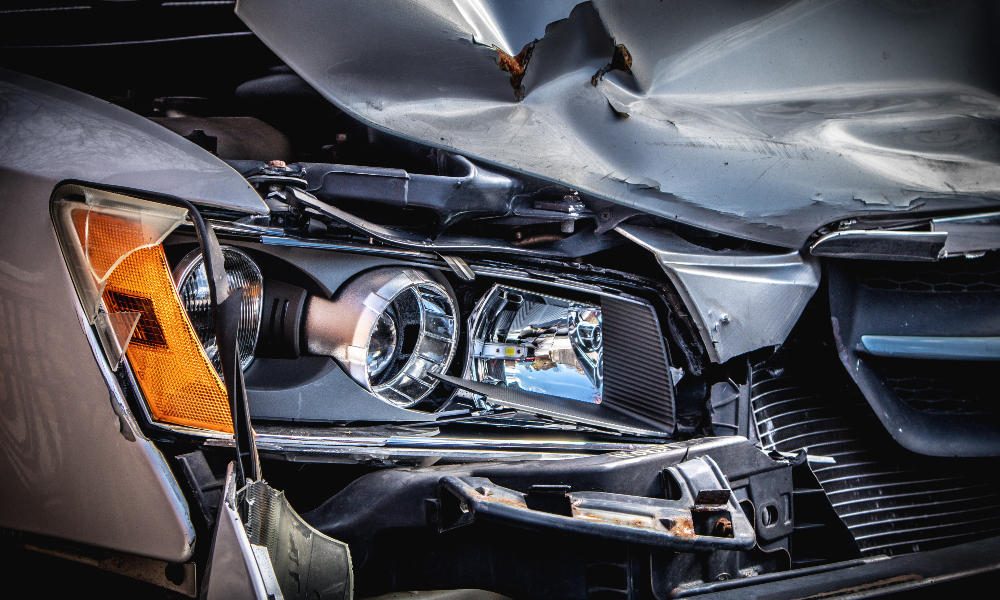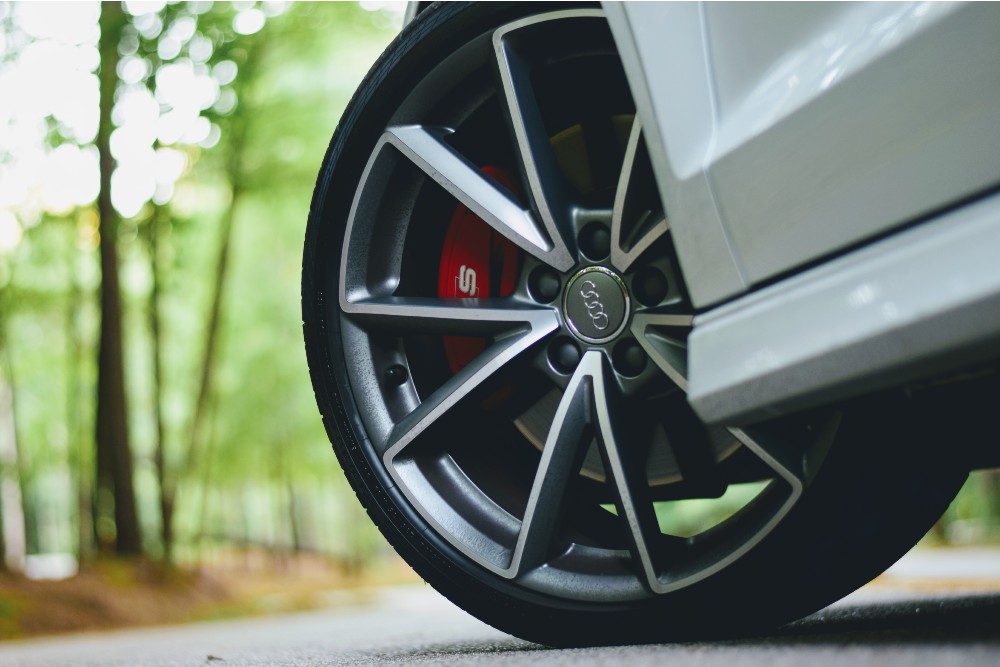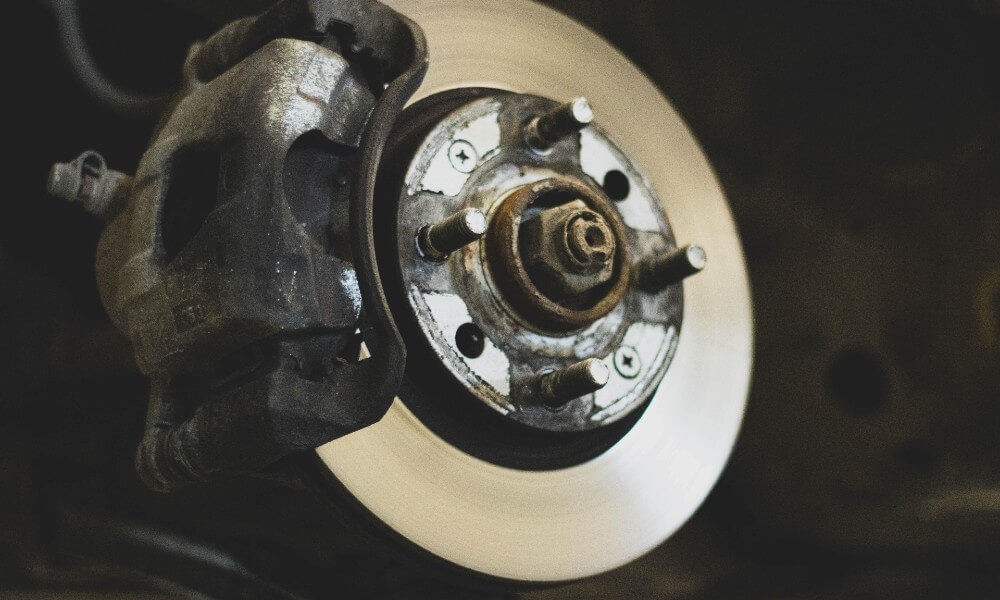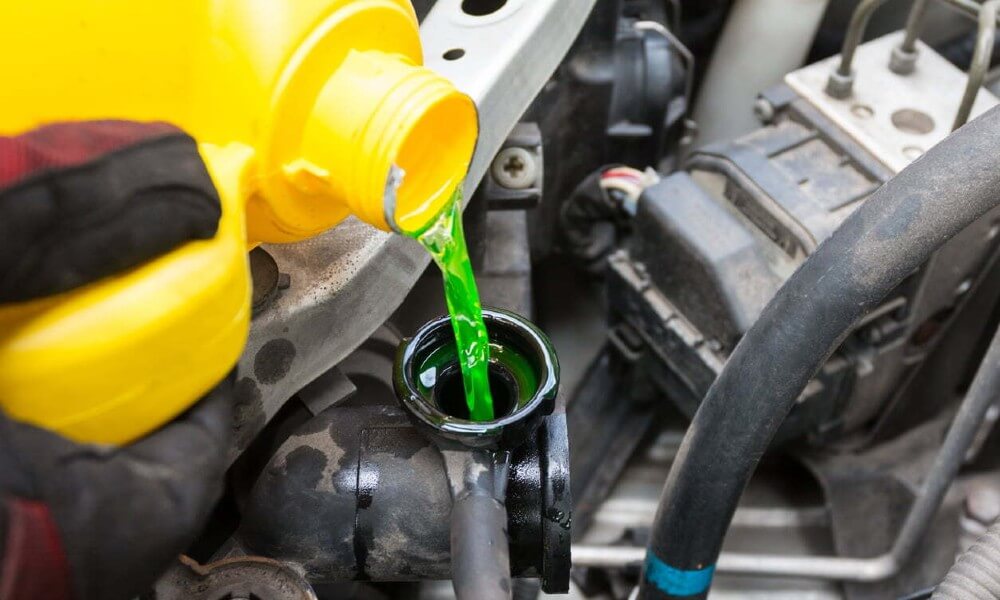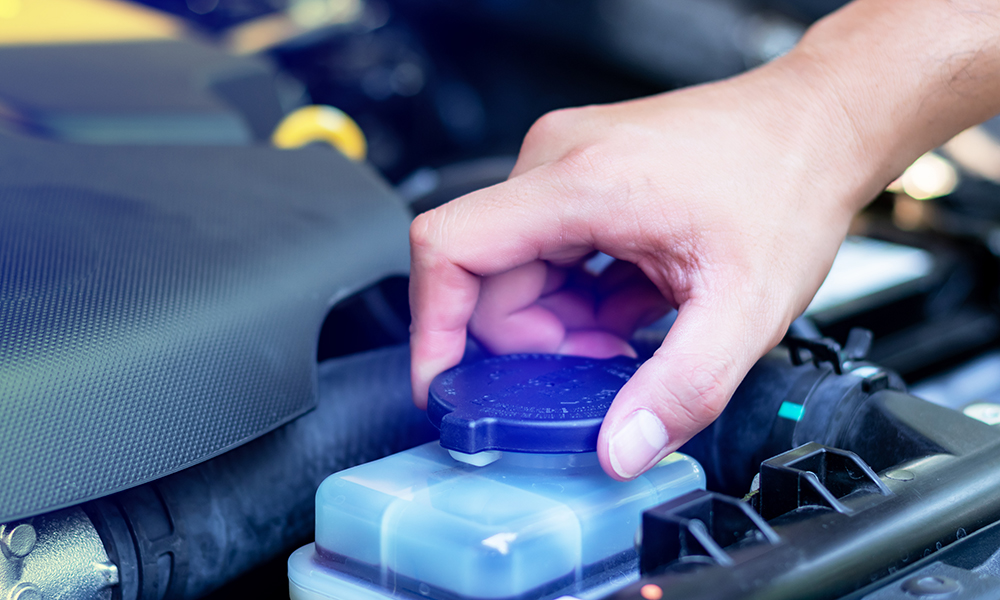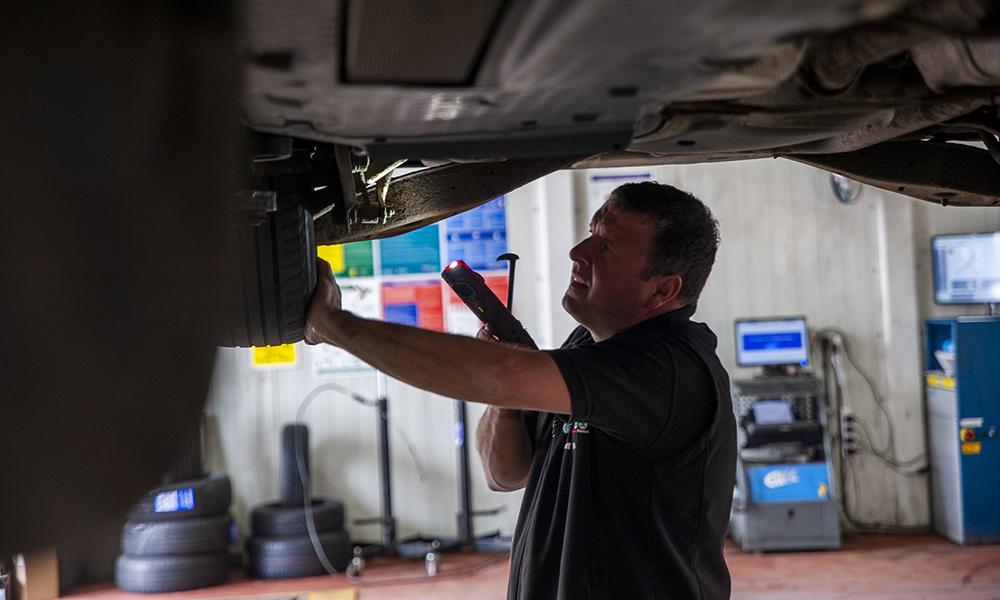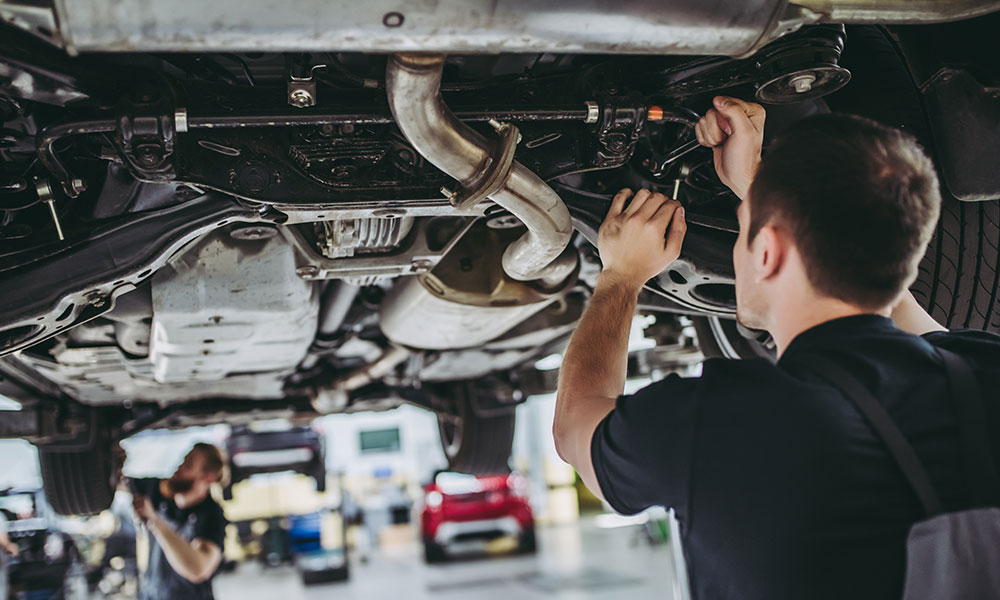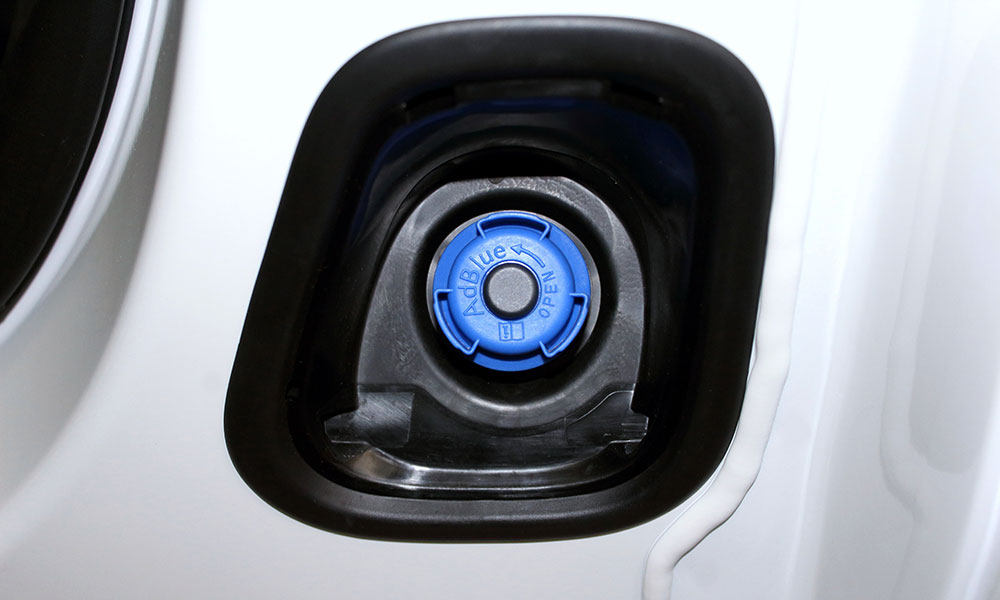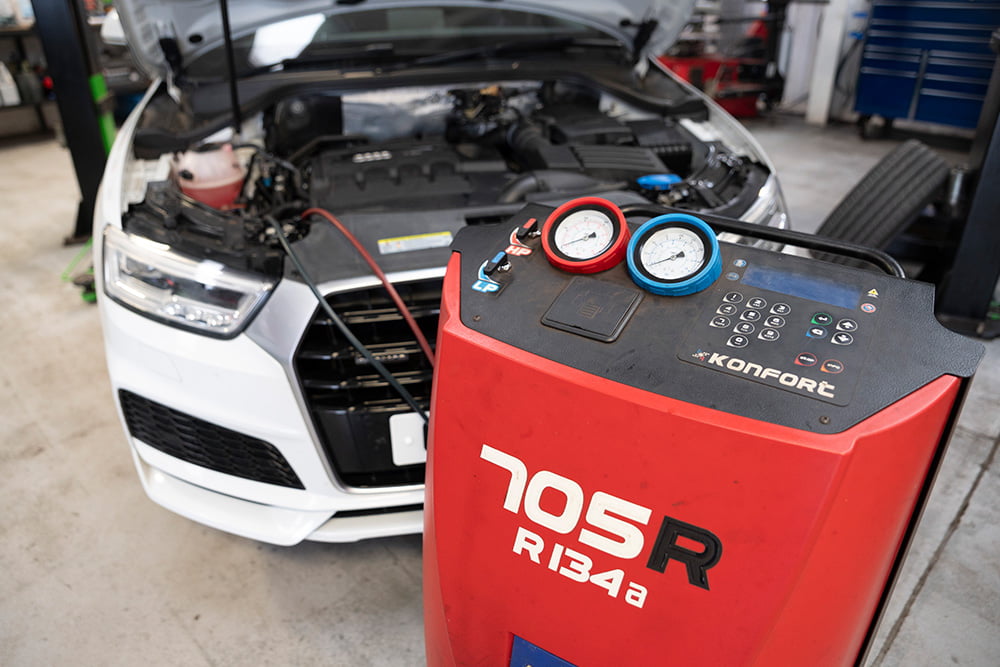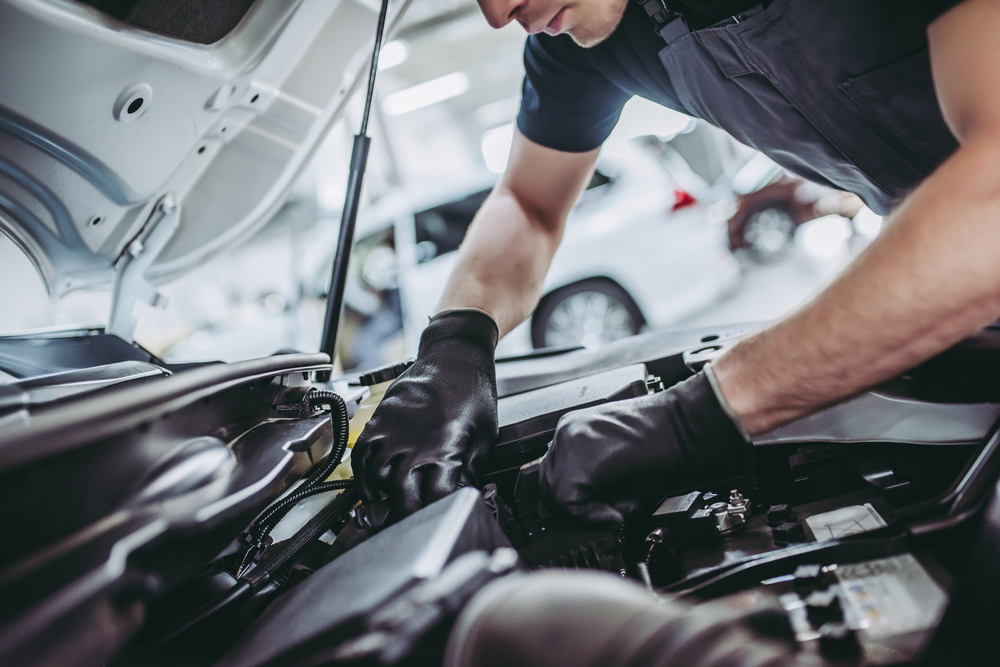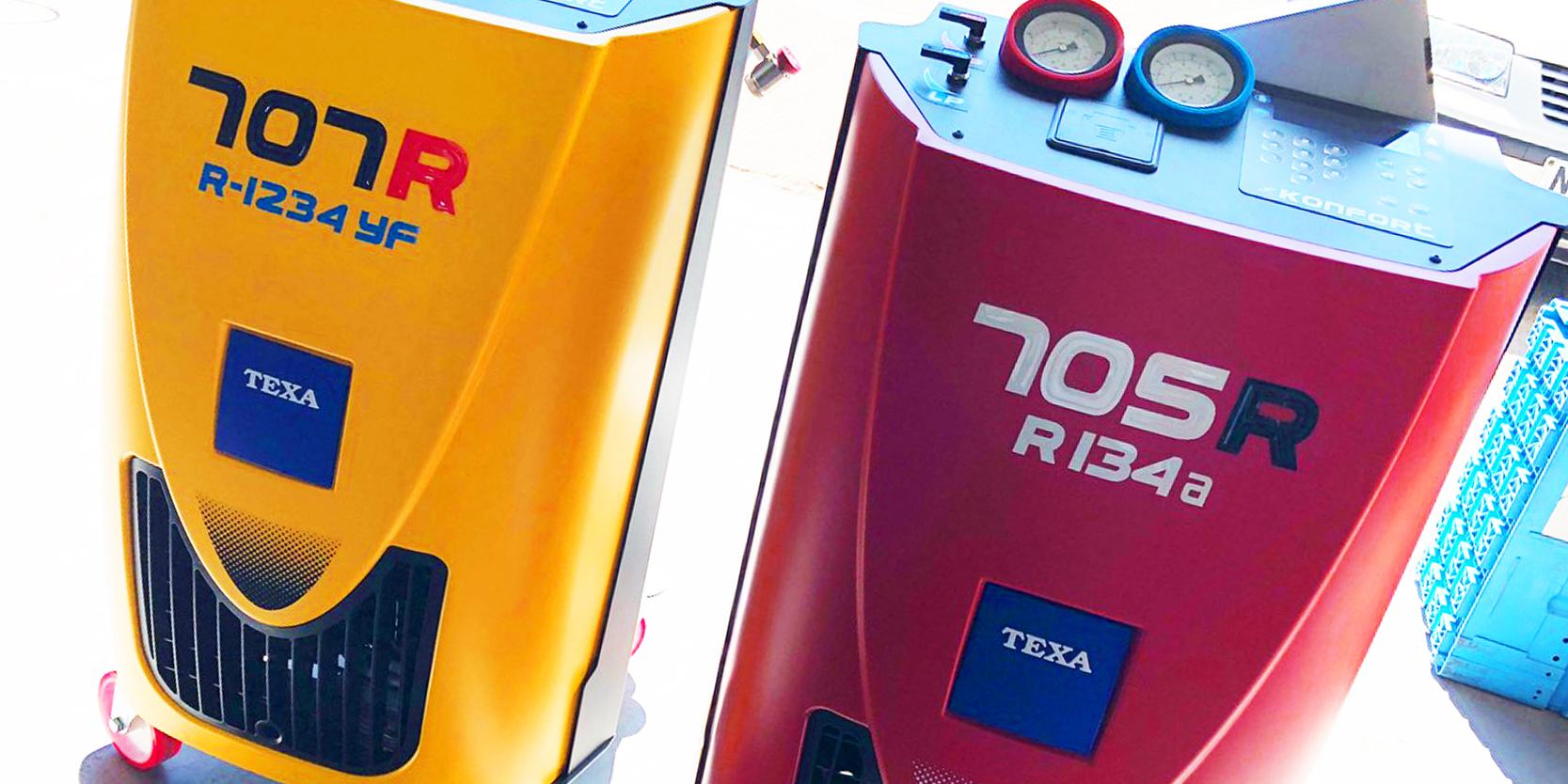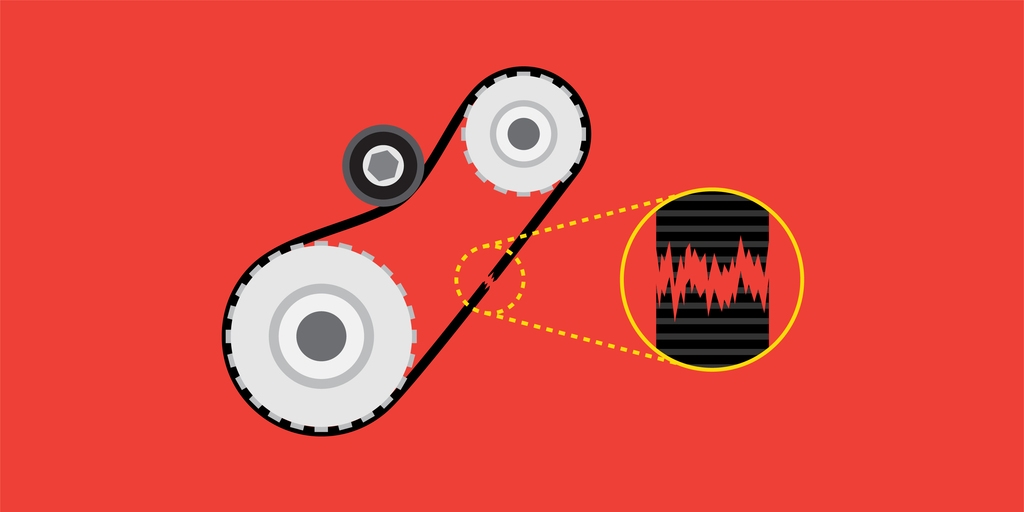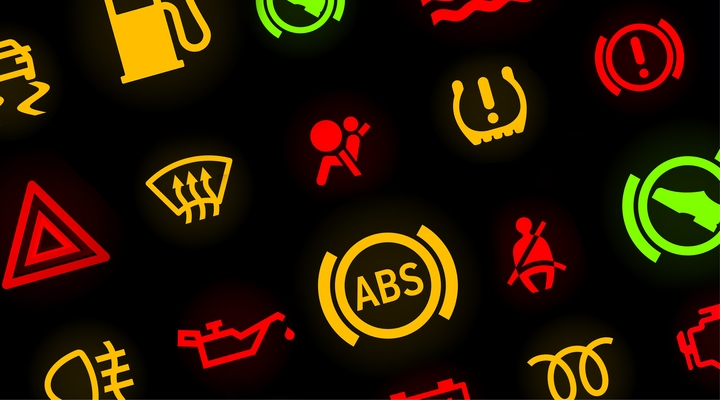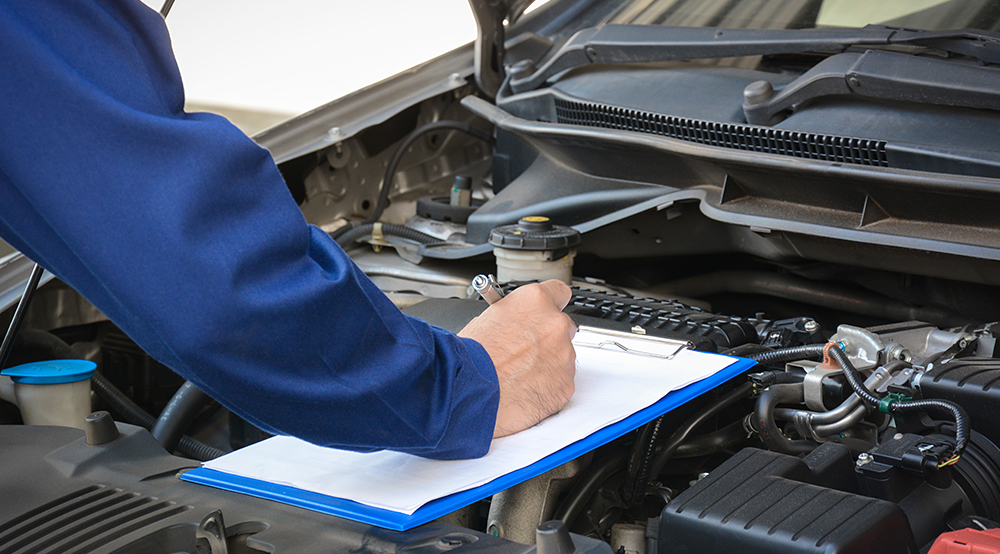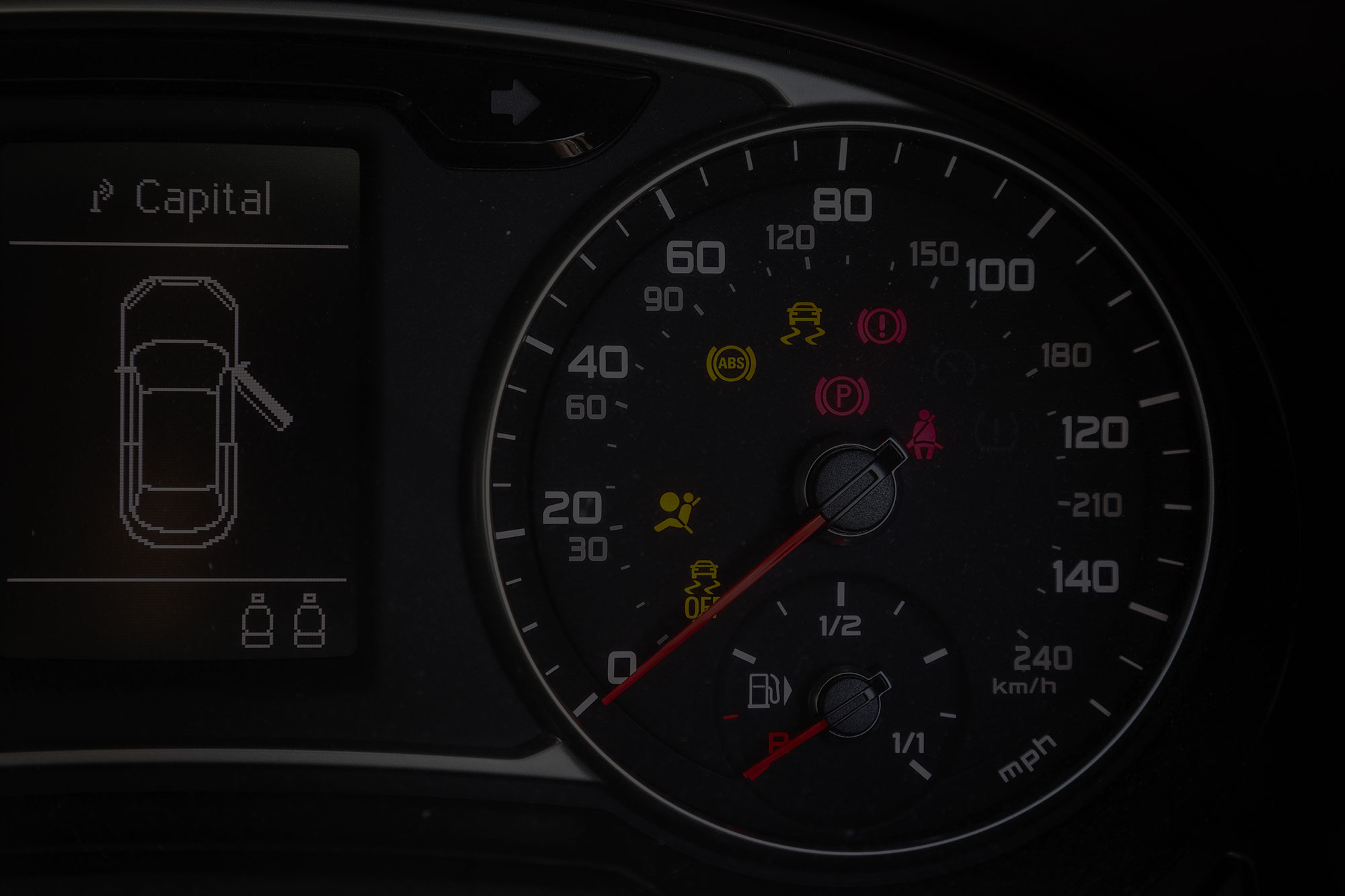Would you know if your vehicle’s timing belt needed changing?
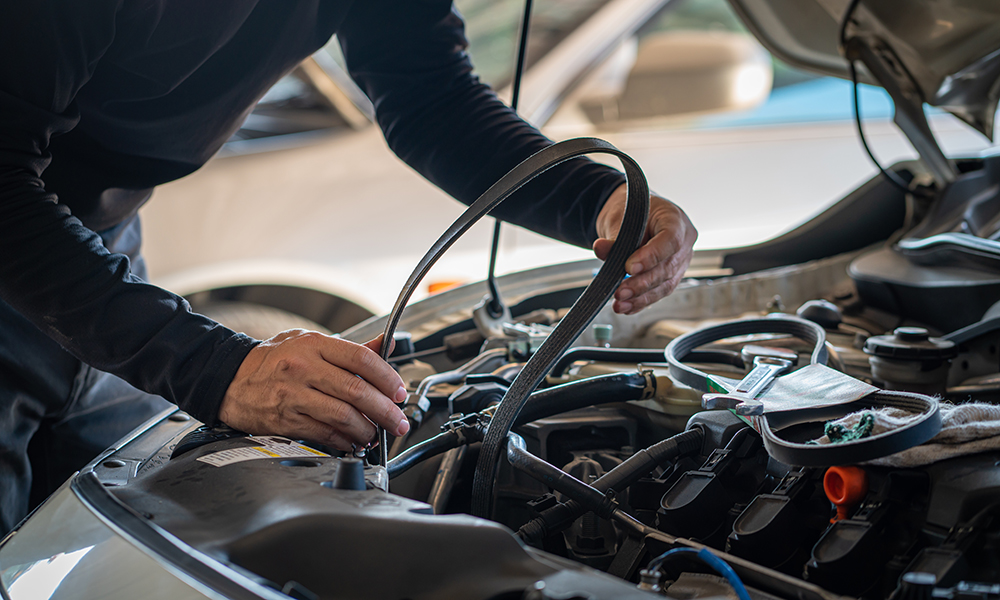
“Out of sight, out of mind” isn’t an attitude you should be taking with your car or van!
While maybe not literally (hopefully you know exactly where your vehicle is at the moment), some mechanical components have such long service intervals, that routine maintenance could fall to the next owner of your car.
And, these parts have a tendency to lurk under your bonnet, waiting for an inopportune moment to inevitably go wrong. Enter: your vehicle’s timing belt.
And, we replace hundreds (if not, thousands) of timing belts for Volkswagen Group vehicles every year. With this in mind – we’re answering some of our most frequently asked questions about timing belts:
What does a timing belt do?
We’re kicking things off with our most commonly-asked question about timing belts.
You might know your timing belt better as a cambelt. Whatever you call it, it’s still an essential part of your car, and definitely something that needs to be kept in good working order. Timing belts are durable and flexible enough to keep the engine running. In time, they do degrade and fail.
Within your car’s engine, timing is everything. The timing belt is made of tough material that keeps the crankshaft (moves the engine’s pistons up and down) and camshaft (opens and closes your engine’s valves) turning in time.
If the valves and pistons aren’t opening or closing simultaneously, it’ll throw your whole engine out of sync. If these actions aren’t synchronised, it could be disastrous for your engine (and your wallet) – and even write off your car in the process.
What are the signs that your timing belt needs to be changed?
Unfortunately, timing belts don’t usually give a lot of notice before they fail. Sometimes, you’ll be able to tell when your timing belt needs changing, as your car’s performance may change:
Have you noticed any odd noises coming from your engine?
Any new, strange, or unusual noises from your vehicle’s engine need investigating immediately. If your car starts to make a ‘ticking’ noise, or a rubbing sound starts coming from the belt cover area, then it’s a sign that the belt is about to snap.
How does the timing belt look?
If the timing belt is starting to wear, it will look glazed or flossy on the underside. This means the rubber is beginning to harden (and won’t be as flexible). Plus, cracks may start to appear on the belt, or it could start to fray. Again, these are critical signs that it’s about to fail, and therefore needs replacing.
Ultimately, the main contributing factors to a new timing belt are the age and mileage of the vehicle. If your timing belt starts showing any signs of failure when you’re driving, pull over in a safe place, and call a mechanic immediately.
What happens if your timing belt snaps?
As we’ve already mentioned, there aren’t many signs that your timing belt could be about to snap. And, if the belt snaps, your car will suffer catastrophic internal damage, as the valves and pistons crash into each other. The vehicle will immediately become immobile – which could also be dangerous (depending on where you’re driving at the time).
Not to mention, you won’t be able to move your car either. So, not only will you have to pay to fix the engine damage, but you’ll also have to have your vehicle recovered to the nearest garage, too!
How do snapped timing belts affect different engine types?
Nowadays, some cars have different engines. Some vehicles have interference engines, while others have non-interference engines. The main difference between the two is the gap between the valve when it’s fully open, and the position at the top of the piston.
If there isn’t a gap between the valve and piston, it’s an interference engine. If there is a gap, then it’s a non-interference engine. Simple!
The bad news is, if your vehicle has an interference engine, then the damage sustained by a snapped timing belt will be far worse than the harm caused by a snapped belt in a non-interference engine.
If the belt snaps in an interference engine, it can wreak havoc on the components. Once the pistons and valves are bent out of shape, it’s pretty much the end of the line for your vehicle. Whereas the likelihood of a belt snapping in a non-interference engine is rare. And, if it does happen, the gap between the valves and pistons reduces the chances of any severe damage occurring.
Knowing when to change your vehicle’s timing belt
So, if you’re thinking, “is changing the timing belt in my vehicle really necessary?”. Unless you want to incur the costs of a new engine, or send your car to the scrapyard in the sky a few years earlier than planned, the simple answer is: absolutely.
The interval for changing a timing belt is every five years or 80,000 miles. Even if you haven’t covered 80,000 miles, you should still replace the belt every five years, as the rubber can become brittle and start degrading.
It’s also worth noting that the timing belt is not checked as part of your vehicle’s annual MOT – so it’s your responsibility to ensure that the belt stays in good working order.
Other parts to consider replacing at the same time as the timing belt
So far, we’ve talked a lot about timing belts. While you’re having the belt changed, there are some other components that we would recommend asking your mechanic to have a look at while they’re replacing the belt:
The drive belt
The drive belt will need to be removed so that the timing belt can be changed. Having the drive belt replaced at the same time would be really beneficial for your vehicle; it’s likely to be getting old and worn, too.
Oil seals
As the oil seals around the camshaft and the crankshaft age, they can begin to leak oil. This oil can leak onto the timing belt, thus making it degrade quicker than it should. If you suspect that the seals are leaking, having them replaced at the same time as the timing belt will help prolong the longevity of the new belt.
Timing belt tensioner
Like the drive belt and oil seals, the timing belt tensioner can become worn over time. However, the phrase “if it isn’t broken, don’t fix it” is particularly applicable to the tensioner. If it doesn’t need replacing, there’s no point in incurring the extra cost – but, if it does need to be swapped, then speak to your mechanic – they’ll be able to advise you best.
Water pump
Generally, we would recommend changing your vehicle’s water pump at the same time as the timing belt. You have to remove the belt to get to the water pump. If the pump has started showing signs of wear and time, it makes sense to replace them simultaneously – saving our time and your money.
Besides, if the water pump fails, it can be just as catastrophic for your engine as the belt snapping. And, like all parts of the engine, it can be susceptible to wear and tear. Keeping the belt and water pump in good condition can prevent your engine from overheating – helping you avoid more expensive repairs in the future.
So, to recap:
Regularly checking the general condition of your vehicle – like your brake fluid level, oil level, bulbs and wipers – can help give you peace of mind when out on the road.
So, if your car has clocked up nearly 80,000 miles, or is around five years old, then you should plan on having your timing belt replaced. If you’re unsure of how old the belt is, or you’re not its first owner, then we would highly recommend having it changed anyway. After all, you’ll be saving time, money, and your engine in the long run!
Please contact your local Vasstech branch today for a free quote for replacing your timing belt and water pump.



